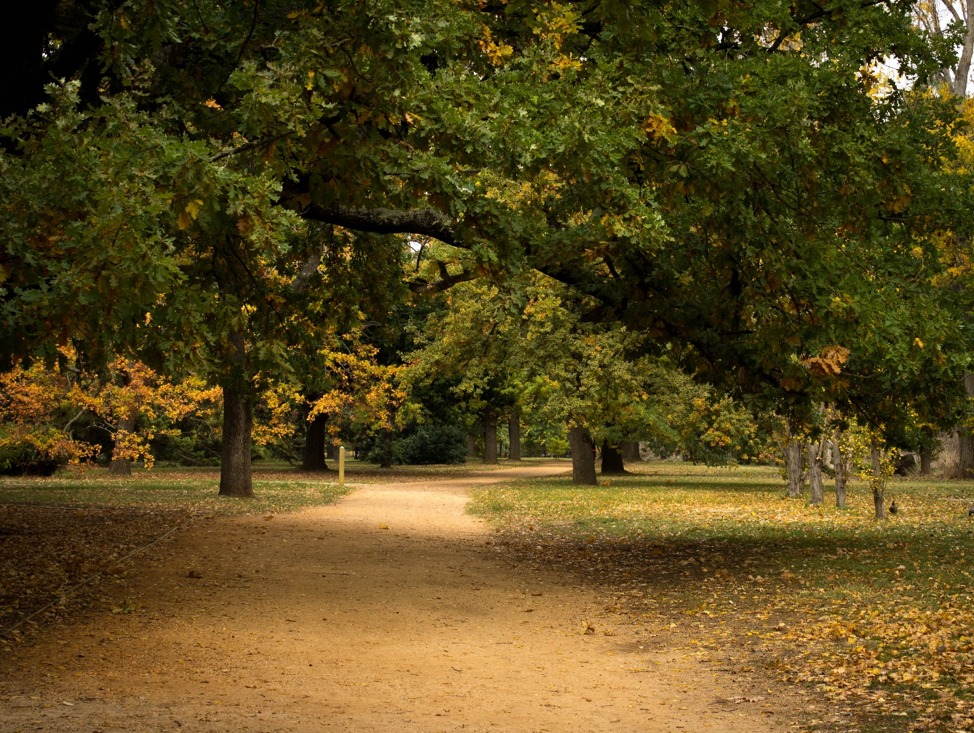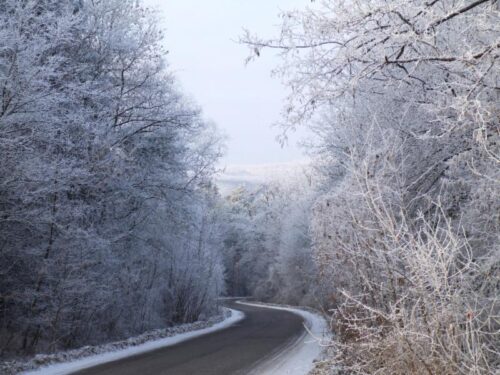
Winter Landscape Revamps

Even though winter can be stormy and rainy in the Pacific Northwest, our climate is mild enough that most landscape installations can take place regardless.
A big benefit of landscape renovation in the off season is your landscape is ready to enjoy once warmer spring temperatures resume. Here are a few things you may consider adding this winter.
Retaining walls
Retaining walls are an excellent way to increase your curb appeal. They allow for integration with landscape lighting and maximize your planting space. We can create retaining walls that include staircases, raised or terraced garden beds.
When you add plants and areas for flowers, it breaks up the hardscape and adds year-round interest, it also secures your slope and can be used to redirect water away from your structures.
Our retaining wall projects will leave your landscape beautiful, strong, functional, and long lasting.
We are preferred contractors at Mutual Materials. We can help in all aspects of your wall-building project including design, grading, excavation, drainage and wall construction.
Hedging and privacy screening
Now that outdoor socializing is happening year-round, you may realize that you are outside and in view of neighbors. For added privacy consider and evergreen hedge, mixed border, or landscape trees to separate your property from your neighbors.
Hedging helps not only provide much needed privacy, but it also buffers noise, provides habitat for birds and can provide shade to your patio or garden. As long as the ground is not frozen, winter is an excellent time to get new plants established, with a reduced risk of transplant shock.
Landscape Lighting
Adding new lights can aid with entertaining, safety, and security around your home. Installing outdoor lights can also enhance the time you can enjoy your landscape for entertaining.
Give us a call today to start a project! You will be happy you got yours in ahead of the rush!








 Every year when the cold weather arrives, and the last leaves are falling off your favorite tree, you may think to yourself: “My garden is done for the year!” Well, think again! Some of the most important and rewarding garden endeavors can only be initiated during the winter months. One of these is winter pruning, and it is something that will pay big dividends in your garden or landscape! Pruning your trees and shrubs during the winter months can greatly improve the look (Not to mention the health) of your plants, so that they go into spring looking fabulous! Here are some insights into winter pruning, and why it is so essential:
Every year when the cold weather arrives, and the last leaves are falling off your favorite tree, you may think to yourself: “My garden is done for the year!” Well, think again! Some of the most important and rewarding garden endeavors can only be initiated during the winter months. One of these is winter pruning, and it is something that will pay big dividends in your garden or landscape! Pruning your trees and shrubs during the winter months can greatly improve the look (Not to mention the health) of your plants, so that they go into spring looking fabulous! Here are some insights into winter pruning, and why it is so essential:
 It looks like we’re going to get a week of sunny and dry weather so it’s a perfect time to tackle some of our top Winter Tasks to help you get a start on Spring. Then, curl up with a warm drink at the end of the day and outline the projects you want to accomplish next year. Here are our top tips:
It looks like we’re going to get a week of sunny and dry weather so it’s a perfect time to tackle some of our top Winter Tasks to help you get a start on Spring. Then, curl up with a warm drink at the end of the day and outline the projects you want to accomplish next year. Here are our top tips: